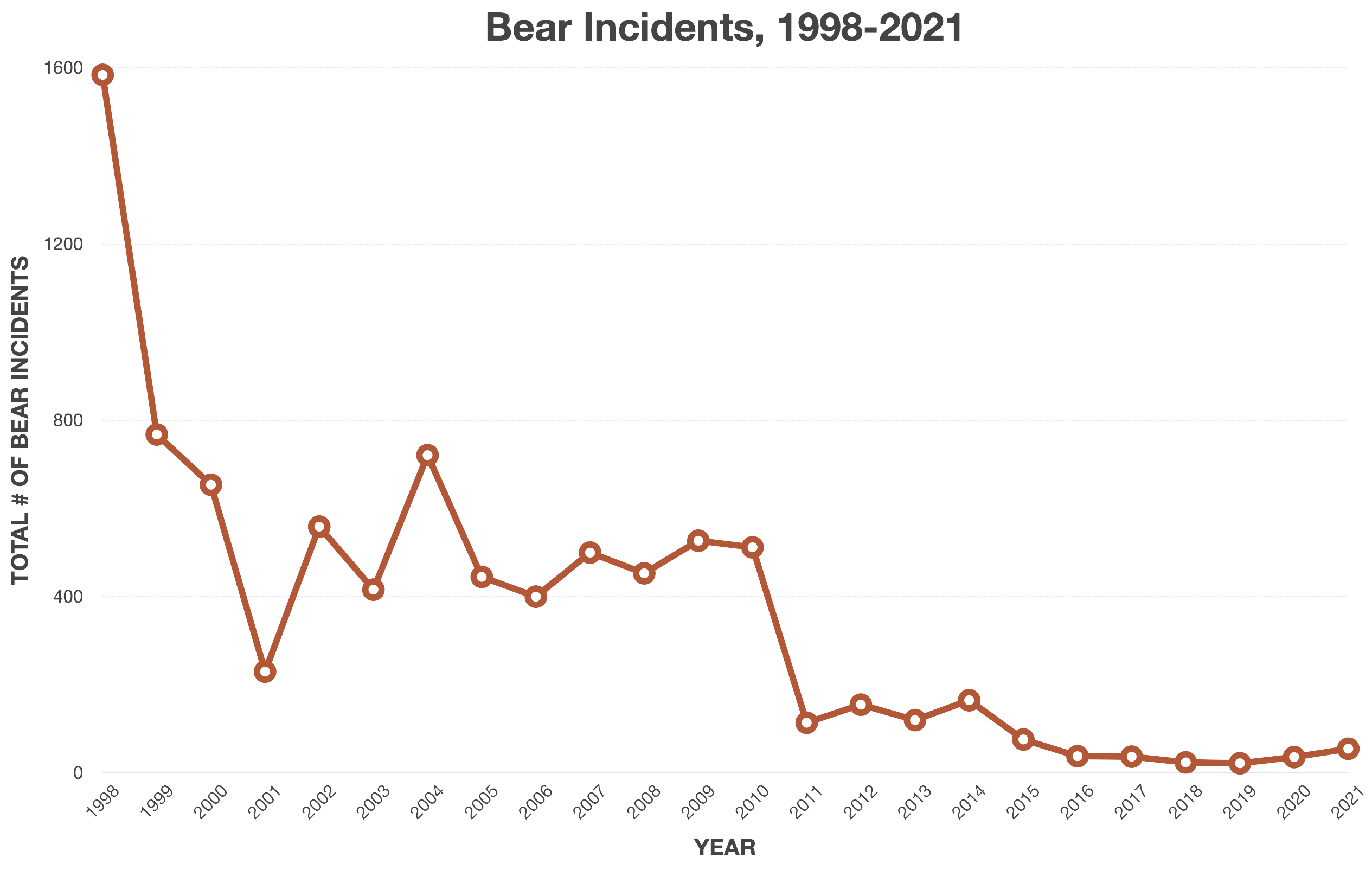Global Forest Watch’s website lets people explore recent deforestation and fire alerts, analyze historical trends in tree cover loss and gain since 2000, and read the latest reports on tropical forest loss. For each factor that one can look at, one can also do an analysis of a location just by clicking on that area. For example, for tree cover loss in Virginia, the website provides number data in Mha and percentages of the amount of tree coverage between 2010 and 2021, tree cover loss from 2001 to 2021, tree cover gain from 2000 to 2020, and tree cover by type as of 2010. When choosing an area to receive analysis on, you can choose it by political boundaries, terrestrial ecoregions, or river basins. There are also tons of different map layers that one can turn on or off such as burned areas, logging concessions, and biodiversity hotspots.
This website gives a very wide variety of information around the globe on the world’s forests and tree coverage. It can be useful to many people from students, to researchers, to scientists, and to the general public. It provides the tools for monitoring forests that are accessible and easy to understand for anyone. It gives current information on how our world’s forests are changing. Global Forest Watch is also a great resource for watching for forest fires, illegal deforestation, and any unsustainable activities. Listed on the website are many of the impacts that having this data readily available to the public creates such as the Amazon Conservation Association using this site to stop United Cacao from illegally clearing forests in Peru.










